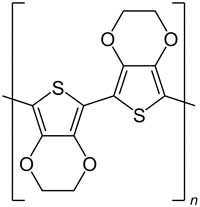 The organic polymer PEDOT is probably one of the world's most intensely studied materials. Despite this, researchers have now demonstrated that the material functions in a completely different manner than previously believed. The result has huge significance in many fields of application.
The organic polymer PEDOT is probably one of the world's most intensely studied materials. Despite this, researchers have now demonstrated that the material functions in a completely different manner than previously believed. The result has huge significance in many fields of application.
Jan 17th, 2019
Read more
 New insights into molecular-level processes could help prevent corrosion and improve catalytic conversion.
New insights into molecular-level processes could help prevent corrosion and improve catalytic conversion.
Jan 16th, 2019
Read more
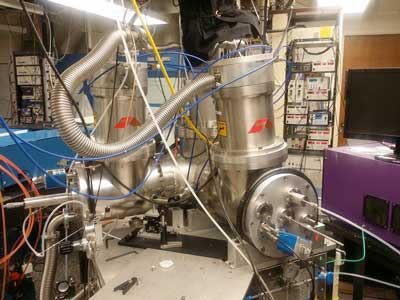 Researchers discover molecules 'spin flip' from magnetic to non-magnetic forms dynamically.
Researchers discover molecules 'spin flip' from magnetic to non-magnetic forms dynamically.
Jan 16th, 2019
Read more
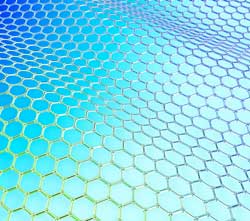 In an ingenious set of experiments, scientists have tested graphene under microgravity conditions for the first time. The exciting results provide a valuable foundation for developing graphene devices for use in space.
In an ingenious set of experiments, scientists have tested graphene under microgravity conditions for the first time. The exciting results provide a valuable foundation for developing graphene devices for use in space.
Jan 16th, 2019
Read more
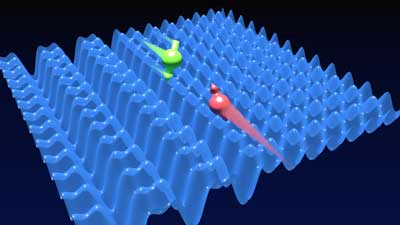 Theoreticians investigate puzzling phenomenon in a quantum gas.
Theoreticians investigate puzzling phenomenon in a quantum gas.
Jan 16th, 2019
Read more
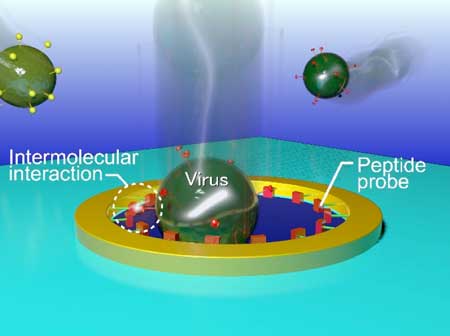 Researchers create a new nanodevice for influenza virus typing at the single-virion level by combining a nanopore sensor with peptide engineering.
Researchers create a new nanodevice for influenza virus typing at the single-virion level by combining a nanopore sensor with peptide engineering.
Jan 16th, 2019
Read more
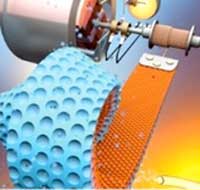 Combining the droplet-template with interface assembly, researchers developed a series of anisotropic photonic crystals with flower-shape and bread-shape.
Combining the droplet-template with interface assembly, researchers developed a series of anisotropic photonic crystals with flower-shape and bread-shape.
Jan 15th, 2019
Read more
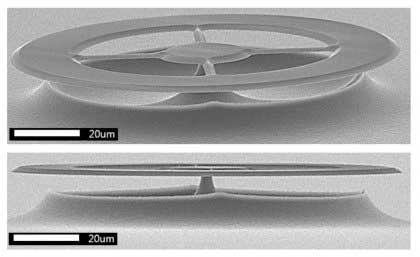 Researchers have combined modern nanofabrication and nanophotonics techniques to build the ultraprecise ultrasound sensors on a silicon chip.
Researchers have combined modern nanofabrication and nanophotonics techniques to build the ultraprecise ultrasound sensors on a silicon chip.
Jan 15th, 2019
Read more
 Chemists confirm importance of nano-sizing silicon to improve lithium ion batteries.
Chemists confirm importance of nano-sizing silicon to improve lithium ion batteries.
Jan 15th, 2019
Read more
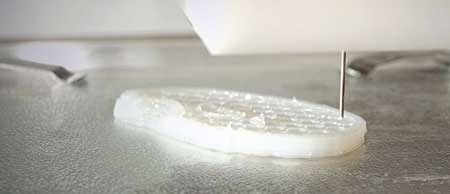 Researchers are now equipping cellulose with additional functionalities to produce implants for cartilage diseases using 3D printing.
Researchers are now equipping cellulose with additional functionalities to produce implants for cartilage diseases using 3D printing.
Jan 15th, 2019
Read more
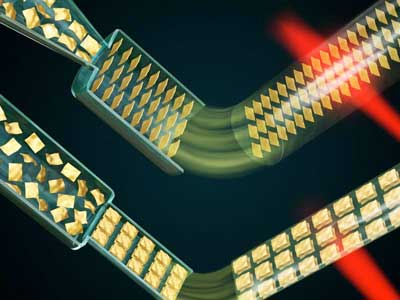 Graphene fiber, a recently discovered member of the carbon fiber family, has potential applications in diverse technological areas, from energy storage, electronics and optics, electro-magnetics, thermal conductor and thermal management, to structural applications.
Graphene fiber, a recently discovered member of the carbon fiber family, has potential applications in diverse technological areas, from energy storage, electronics and optics, electro-magnetics, thermal conductor and thermal management, to structural applications.
Jan 15th, 2019
Read more
 For the first time, researchers performed logic operations - the basis of computation - with a chemical device using electric fields and ultraviolet light.
For the first time, researchers performed logic operations - the basis of computation - with a chemical device using electric fields and ultraviolet light.
Jan 15th, 2019
Read more
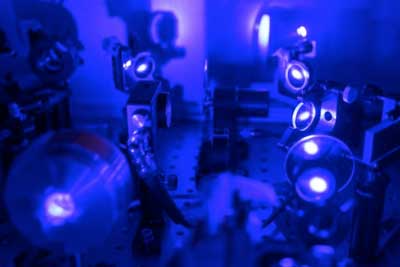 Next-generation semiconducting materials are on the horizon, and in a new study, researchers have uncovered eccentric physics behind their potential to transform lighting technology and photovoltaics yet again.
Next-generation semiconducting materials are on the horizon, and in a new study, researchers have uncovered eccentric physics behind their potential to transform lighting technology and photovoltaics yet again.
Jan 15th, 2019
Read more
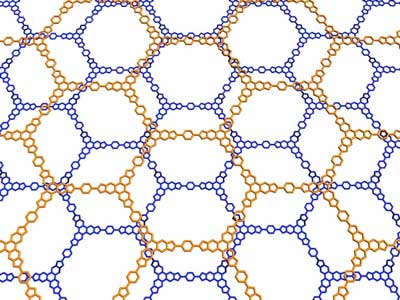 In new research that could help inform development of new materials, chemists have found that the empty space ('pores') present in two-dimensional molecular building blocks fundamentally changes the strength of these van der Waals forces, and can potentially alter the assembly of sophisticated nanostructures.
In new research that could help inform development of new materials, chemists have found that the empty space ('pores') present in two-dimensional molecular building blocks fundamentally changes the strength of these van der Waals forces, and can potentially alter the assembly of sophisticated nanostructures.
Jan 14th, 2019
Read more
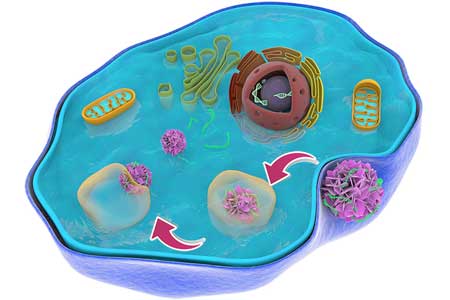 Researchers have developed a novel way to deliver drugs and therapies into cells at the nanoscale without causing toxic effects that have stymied other such efforts.
Researchers have developed a novel way to deliver drugs and therapies into cells at the nanoscale without causing toxic effects that have stymied other such efforts.
Jan 14th, 2019
Read more
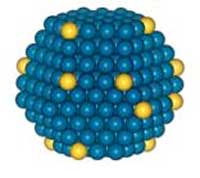 Scientists have identified the structure of iridium single-atom catalysts for carbon monoxide oxidation. The identification of the structure and reaction mechanism will help in the design of better and more cost-efficient catalysts.
Scientists have identified the structure of iridium single-atom catalysts for carbon monoxide oxidation. The identification of the structure and reaction mechanism will help in the design of better and more cost-efficient catalysts.
Jan 14th, 2019
Read more
 The organic polymer PEDOT is probably one of the world's most intensely studied materials. Despite this, researchers have now demonstrated that the material functions in a completely different manner than previously believed. The result has huge significance in many fields of application.
The organic polymer PEDOT is probably one of the world's most intensely studied materials. Despite this, researchers have now demonstrated that the material functions in a completely different manner than previously believed. The result has huge significance in many fields of application.















 Subscribe to our Nanotechnology News feed
Subscribe to our Nanotechnology News feed